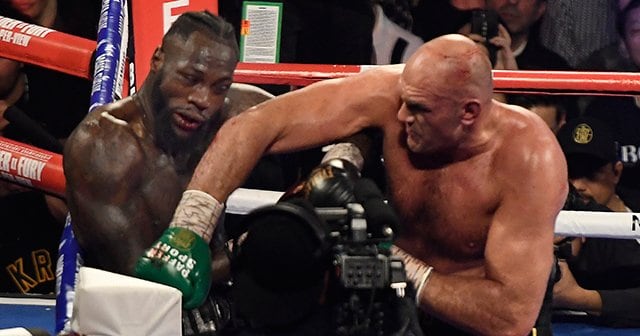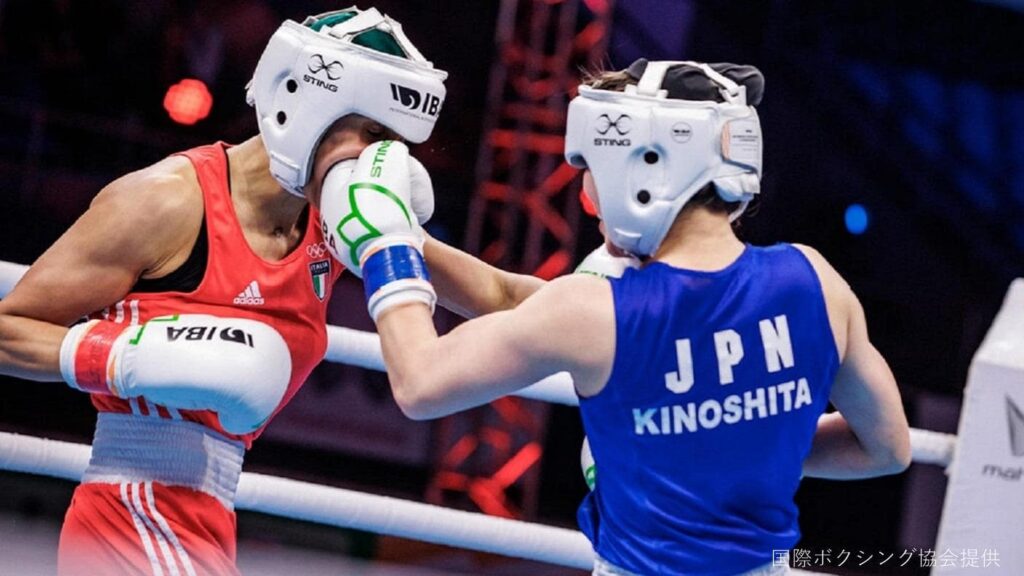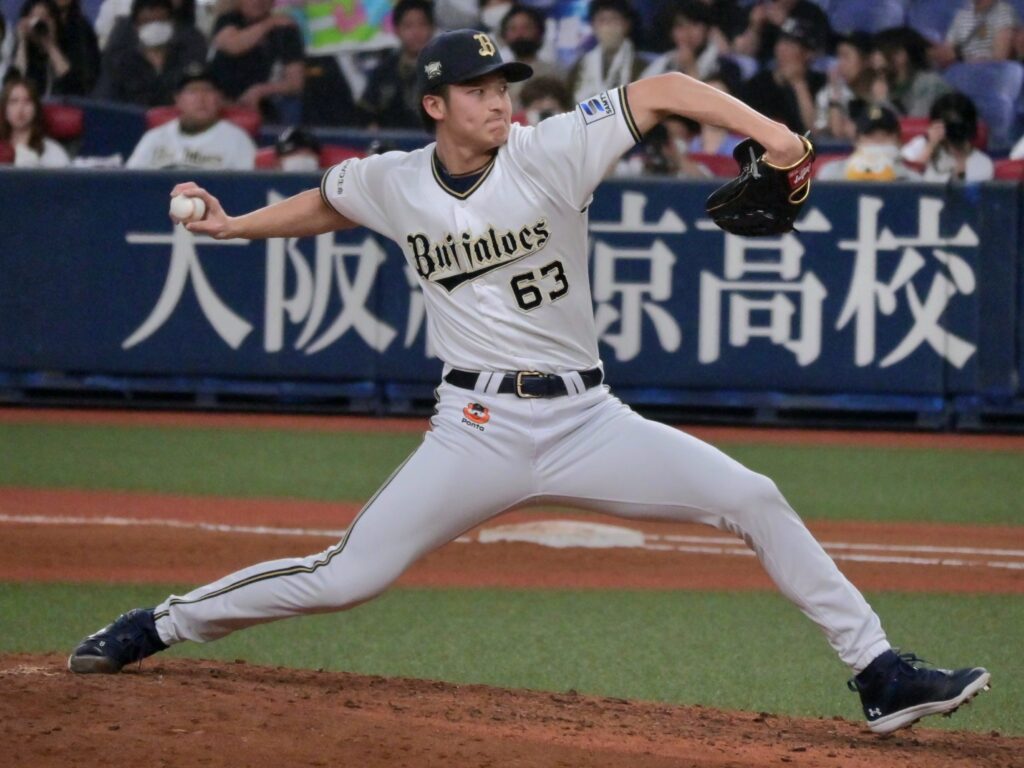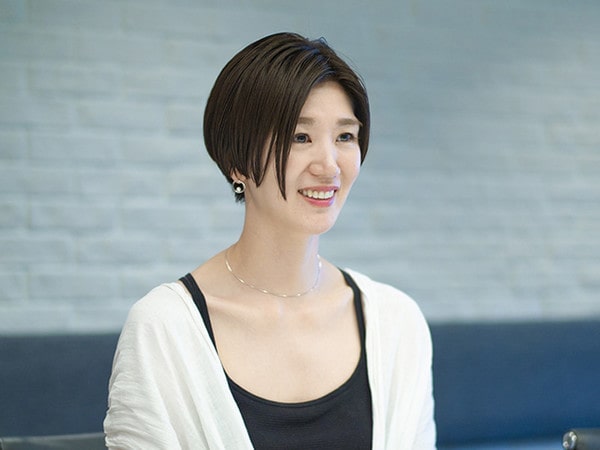
Kendo is respected all over the world as a traditional Japanese martial art, but it is also true that there are some disadvantages and difficulties in practicing it.
This article takes a deep dive into the potential risks and disadvantages that you should understand before starting Kendo, and provides countermeasures and considerations for each issue.
Understanding how Kendo practice can affect you physically, mentally, and financially, and how to manage these challenges, will help you benefit Kendo in the long term. Very important to continue.
I hope this article provides useful insight for those considering taking up Kendo as well as those already practicing Kendo.
目次
Risks you should know before starting Kendo
Although Kendo is a martial art that offers many benefits, it is also a physically demanding sport.
We will explain in detail the main physical risks and countermeasures that you should understand before starting Kendo.
risk of injury
Kendo is a contact sport, and the feet, wrists, and face are particularly prone to injuries. Blows from bamboo swords can sometimes cause bruises and contusions, even with good protective equipment.
- Precautions: Proper posture and technique, and the use of quality protective gear are important. It’s also effective to warm up and cool down properly and strengthen your body with strength training.
Burden on joints
Kendo involves a lot of sudden and repetitive movements, which puts a lot of stress on the joints, especially the knees and shoulders. Long-term practice can lead to arthritis and other chronic joint problems.
- Precautions: It is important to learn how to use your body properly and master the correct Kendo movements. It is also recommended to include exercises that increase flexibility and joint stability.
muscle fatigue and overuse
Kendo is a sport that relies on specific muscle groups, particularly those in the back, arms, and legs. This increases the risk of muscle fatigue and overuse injuries.
- Prevention: It’s important to follow a balanced fitness program and allow enough time for muscle recovery and maintenance. It is also important to avoid over-exercising and get enough rest.
In order to enjoy Kendo safely, it is essential to understand these risks in advance and take appropriate precautions.
When starting to practice Kendo, it is recommended that you work with an experienced instructor to learn proper technique and body usage.
This allows you to fully experience the spiritual and physical nature of Kendo, and allows you to continue practicing this martial art over the long term.

Mental pressure in Kendo and how to deal with it
Kendo is a martial art that requires not only physical technique but also strong mental strength.
The high expectations and struggle with one’s self during competition can cause mental stress.
Here we explore the causes of mental pressure in Kendo and how to manage and reduce it.
Main factors of mental stress
Kendo practice and competitions can cause mental stress in the following ways:
- Excessive competitive pressure : A strong desire to win and comparisons with others create mental pressure.
- Feeling of frustration when learning a skill : When learning a skill doesn’t go as planned, you may feel a sense of frustration and self-doubt.
- Match pressure : Performance pressure in situations such as official matches and promotion exams.
How to deal with mental pressure
The following strategies can help you manage your mental stress and improve your Kendo practice:
-
Set goals clearly :
- Build confidence by setting small goals and achieving them. This will help you feel less overwhelmed as you pursue your big goals.
-
Mindfulness and meditation :
- Meditation and deep breathing before practice or a game will calm your mind and improve your concentration. Mindfulness helps reduce stress and focus on the present moment.
-
Leveraging positive feedback :
- Actively seek positive feedback from mentors and peers, and avoid relying solely on self-evaluation. This makes it easier to objectively evaluate your progress.
-
Developing resilience :
- Treat failure as a learning opportunity and develop mental resilience by taking on challenges. This allows you to develop a psychological state that is resistant to stress.
Kendo is a sport that promotes not only physical growth but also mental growth.
By practicing the above coping methods, you will be able to effectively manage your mental pressure and make your Kendo practice more enjoyable and mentally fulfilling.

Kendo equipment costs and maintenance issues
When starting Kendo, it is essential to have the appropriate tools (equipment) in order to continue.
This includes things like kendo wear, armor, and bamboo swords, each of which costs a certain amount.
It is also important to properly maintain and manage these equipment in order to continue Kendo for a long time.
This section provides a detailed explanation of the cost of Kendo equipment and the challenges of maintaining it.
Initial cost of kendo equipment
To start Kendo, you will need the following equipment as an initial investment:
- Kendo Gi (costume) : A proper Kendo Gi provides a balance of freedom of movement and protection. The higher the quality, the higher the price.
- Armor : consists of the men, do, kote, and tare, and is the most expensive investment overall. You should consider safety and durability when purchasing.
- Shinai : It is common for multiple bamboo swords to be needed, including one for practice and one for matches. Shinai also require regular replacement, which is an ongoing cost.
Equipment maintenance and management
Proper maintenance is required to ensure the longevity of purchased equipment:
- Regular cleaning and inspection : After using the Kendo uniform, wash away sweat and let it air dry. It is important to keep the protective gear dry at all times to prevent the internal parts from deteriorating due to moisture and sweat.
- Maintenance of Shinai : Wipe off dirt after use and store away from moisture. Shinai are easily broken, so inspect them regularly and replace them with new ones if necessary.
- Armor Repair : Damaged armor is a safety risk and should be promptly repaired or replaced if it appears torn or loose.
The cost and maintenance of Kendo equipment is an important investment in continuing Kendo.
By understanding these costs and managing them appropriately, you will be able to enjoy Kendo safely and comfortably over the long term.
Care and attention to equipment can be said to be part of the discipline and responsibility cultivated through Kendo.

Time and Commitment: The Investment Required for Kendo
Kendo is more than just a sport or a hobby; it is a martial art that promotes mental and physical growth.
Mastering this path requires considerable time and commitment.
We will discuss in detail the amount of time and commitment required to learn Kendo.
Time required to learn Kendo
Mastering Kendo is not something that can be achieved overnight.
Practice at least 2-3 times a week is recommended for beginners to master the basic techniques.
Each practice session lasts approximately 1.5 to 2 hours and may require individual practice or additional training in addition to this.
long term commitment
Kendo requires not only technique but also mental training, so long-term continuation is essential.
Many Kendo practitioners spend years to decades practicing Kendo, honing their techniques and advancing through the ranks.
As you deepen your knowledge of Kendo, you will be required to learn more advanced techniques and tactics, and make continuous efforts to improve your spirituality.
Time investment other than practice
Kendo practice is not limited to technical practice at the dojo.
Understanding Kendo culture, learning the philosophy of martial arts, and caring for weapons and maintaining equipment are also important parts of learning Kendo.
By devoting time to these activities, you will expand your range as a kendo practitioner.
The importance of commitment
Regular practice, self-reflection, and continuous learning are important in Kendo.
The lessons learned through Kendo have a positive impact on daily life and encourage growth as a person.
Therefore, a serious commitment to Kendo will not only help you improve your technique, but also help you grow as a person.
The time and commitment required for Kendo will make it more than just a hobby or exercise, it will become a part of your life that you can continue with throughout your life.
This investment not only builds physical skills, but also spiritual fulfillment, providing life-enriching experiences.

Impact of Kendo practice on daily life
Kendo is more than just exercise; the impact of its training extends to daily life.
Practicing Kendo not only improves your physical and mental health, but it can also have a profound impact on your daily actions and decisions.
Here we will take a closer look at how Kendo affects daily life and other activities.
mental strength and perseverance
Kendo is a martial art that emphasizes spirituality, and training develops strong will and perseverance.
These qualities provide the ability to remain calm and effective in the face of high-pressure workplaces, academics, and even personal challenges.
By continuing to practice Kendo, you will be able to increase your stress tolerance and maintain a positive mindset even in difficult situations.
Improved physical strength and health
Kendo training is an exercise that uses the whole body, and is particularly effective in strengthening the lower body.
Regular exercise improves your physical fitness and improves the way you use your body in daily life, which reduces your risk of injury.
It also contributes to improved cardiovascular function, which is beneficial for maintaining overall health.
Social skills and communication skills
Kendo training is often done with other swordsmen, which fosters a spirit of teamwork and mutual respect.
This will help you develop effective communication and collaboration skills in building relationships at work, school, and home.
Kendo places great emphasis on civility, which has a positive impact on social life in general.
time management and self-discipline
Practicing Kendo requires time and planning, which develops good time management skills.
Kendo’s rigorous training schedule also strengthens self-discipline and instills the habit of being disciplined in other areas of life.
These effects of Kendo practice not only improve the quality of an individual’s life, but also help lay the foundation for functioning as a healthier and more productive member of society.
Kendo is not just a way to train your body, but also a way to hone your way of life.






